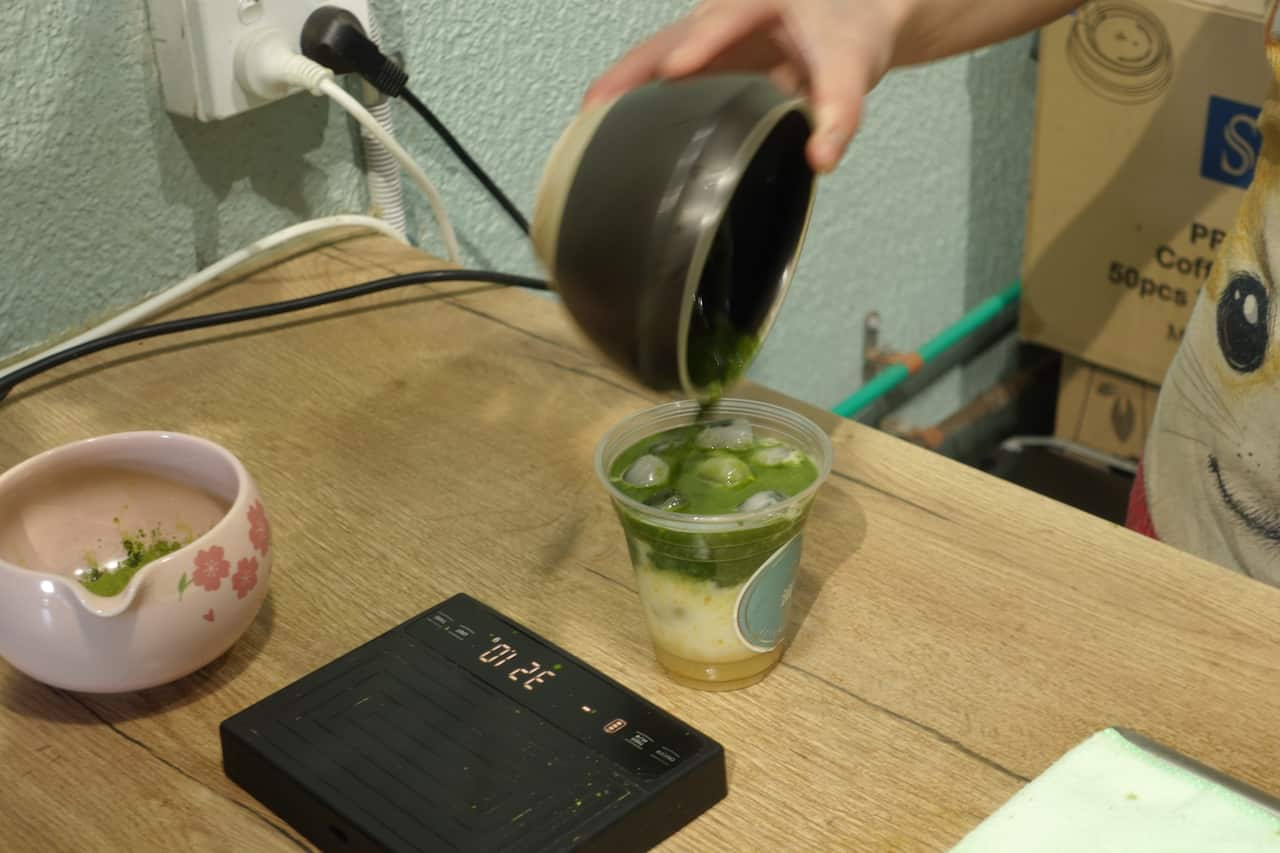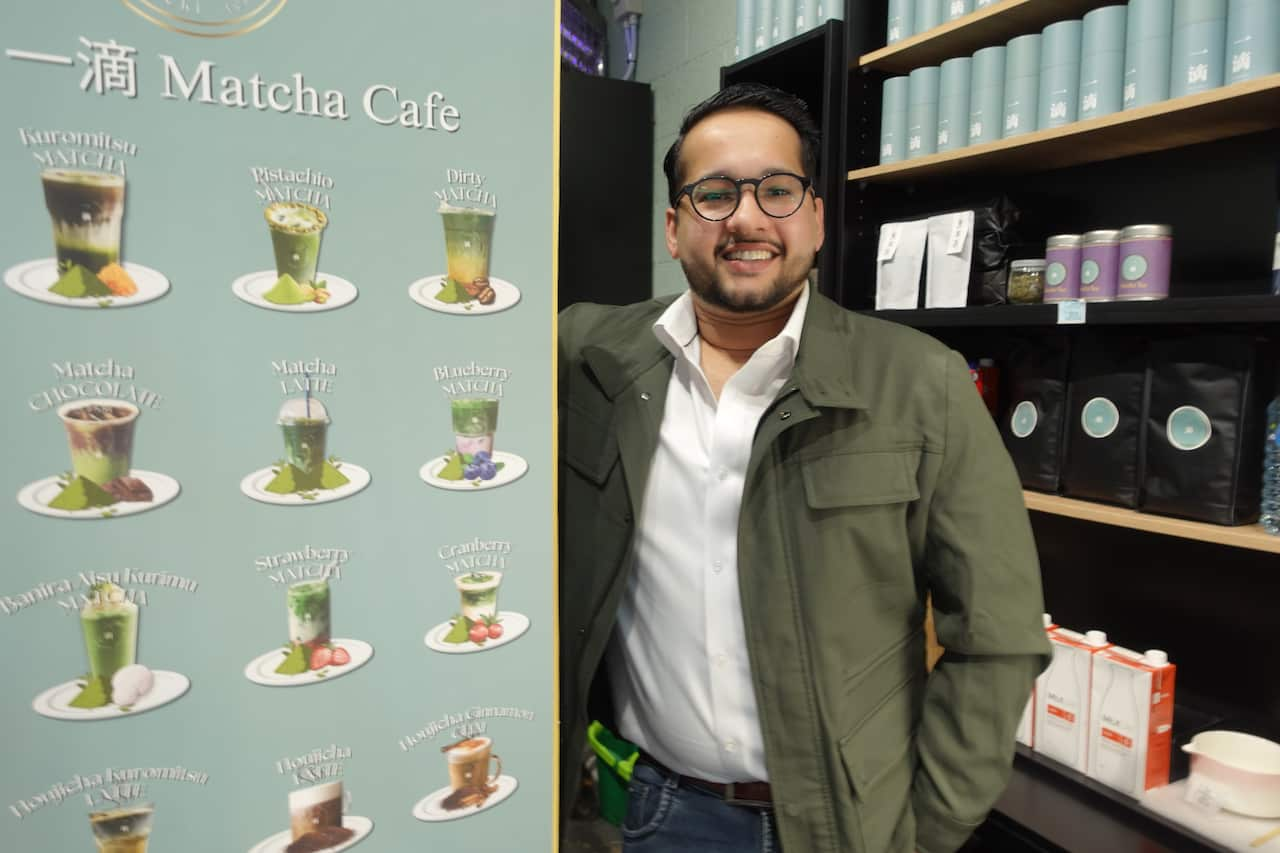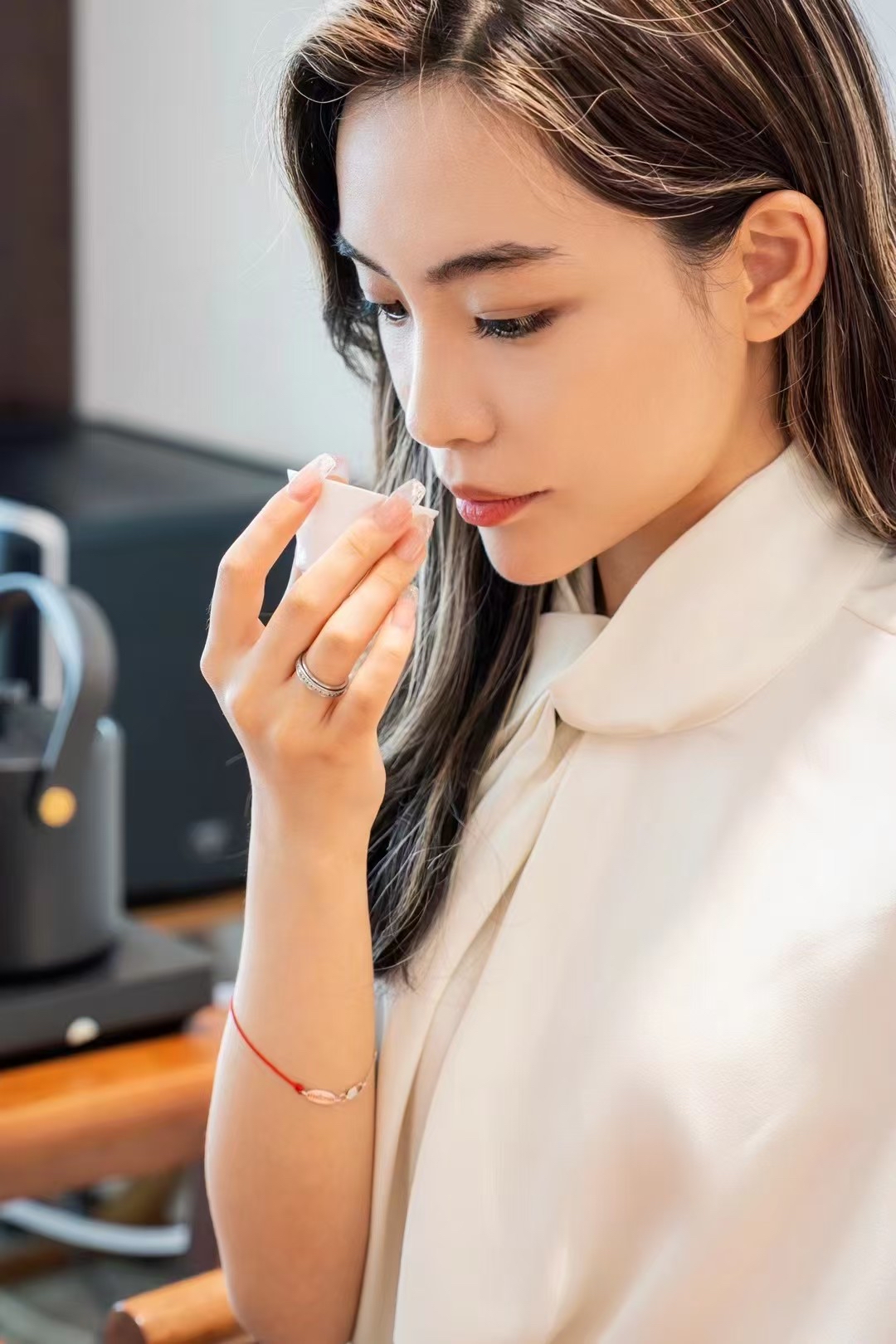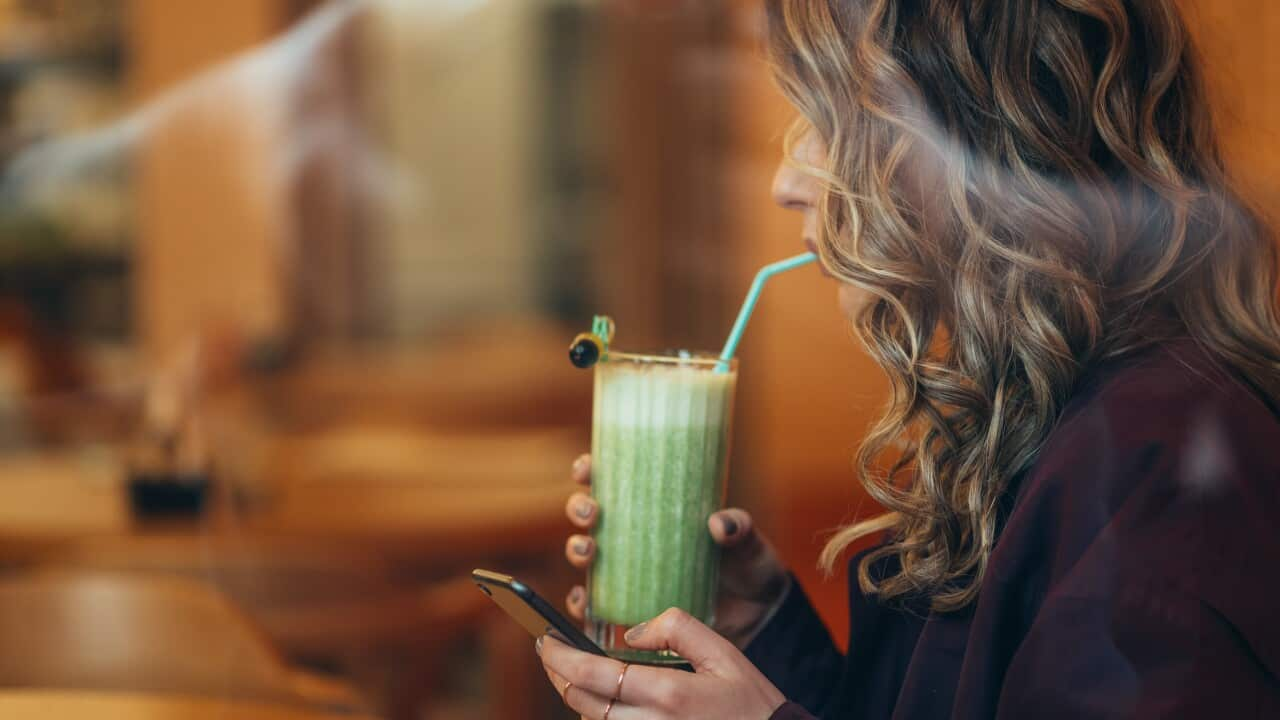In the cafes of bustling Australian cities, queues form early in the morning as customers wait for their daily fix of matcha.
Global demand for the carefully produced powdered green tea synonymous with Japan has surged in recent years, fuelled by millennials and gen Z consumers seeking healthier drink options.
Hip cafes around the world now feature matcha lattes, smoothies, and desserts as staples. In Australia, the matcha market generated more than $54 million in revenue in 2024, according to market research firm Grand View Research.
That figure is expected to grow at 7.1 per cent annually over the next five years. By 2030, revenue is projected to exceed $81 million — a $27 million increase.
But that rise in popularity is being met with challenges. Extreme heat and labour shortages in Japan have hit tea plantations hard, leading to a decline in matcha production and surging prices.
Japan's green tea exports to Australia reached 195,319 kg between January and August 2025, according to the Japanese Tea Export Promotion Council.
That's a 131 per cent year-on-year increase, making Australia the eighth-largest export destination.
Supply has not kept up. The price of tencha, the raw leaf used for matcha, hit a record 8,235 yen/kg ($82/kg) at a May auction in Kyoto, up 170 per cent from a year earlier, according to the Global Japanese Tea Association.
Those challenges have led some cafes in Australia to consider turning to another country to meet their matcha needs: China.
One cafe in Melbourne added Chinese matcha lattes to its menu alongside the traditional Japanese version when the shop opened in April.
"Chinese matcha has a stronger, more bitter tea base, which makes it great for iced drinks or pairing with plant-based milk," the shop posted on social media in July.
"Japanese matcha, on the other hand, is sweeter and more delicate, ideal for hot drinks or pairing with dairy milk."

Matcha's popularity is surging around the world, an opportunity for Chinese suppliers amid price hikes in the Japanese industry. Source: SBS News / Nicole Gong
Umesh Kumar, who runs a cafe in Melbourne's South Yarra, is also considering a shift to serving Chinese matcha.
"A lot of suppliers from China have approached me. I got 48 samples last month from China from different regions," the 29-year-old told SBS Chinese.
Kumar said the price of premium "tier-one" Japanese matcha has jumped from $390/kg to $500/kg in the past 12 months.

Melbourne matcha cafe owner Umesh Kumar said his profit margins are shrinking as Japanese matcha prices soar. Source: SBS News / Nicole Gong
"If the [Japanese matcha] pricing is going more than $600/kg, that means one cup's cost will be $5.80. It's not worth it to run at $9," he said. "If nothing changes, Australians could be paying over $12 a cup soon."
China's matcha comeback
Zihan He, a social media influencer and Chinese tea culture insider, said the shortage of Japanese matcha offers "a perfect alignment of timing, opportunity, and momentum" for Chinese matcha to go global.
"There's a gap in the low-end tea market because of Japan's supply shortage," she said.
"In 2023, China might not have been ready, but 2025 is different — many factories now receive strong subsidies to expand their matcha production lines."

Zihan He travels to different tea regions in China and globally to promote Chinese tea. Credit: Supplied
It flourished during the Tang and Song dynasties through the diancha (whisked tea) tradition and was known as "mocha" before fading in popularity after the Ming dynasty, as tea-drinking customs changed.
When Zen Buddhism spread to Japan, matcha-making techniques went with it, eventually developing into Japan’s renowned tea ceremony culture.
Now, matcha is experiencing a revival in China, with major production hubs in the Zhejiang and Guizhou provinces.
What are the key differences between Chinese and Japanese matcha?
He acknowledged that a quality gap remains. Japanese matcha has a bright, vivid green colour and a smooth, sweet taste, while Chinese matcha still tends to be darker and more bitter, she said.
One key difference, she added, lies in shading — a vital process that boosts chlorophyll and amino acids, creating that signature green hue and mild flavour. Shading involves artificially reducing the amount of sun the tea bush is exposed to, usually via a canopy.
"Japan has centuries of experience and detailed data on how long shading should last in each region," she said. "In China, we’re still experimenting — for example, if farmers follow Japan’s 20-day shading, it might make the tea too astringent at higher altitudes."
Still, He remains optimistic: "China may be slow from zero to one, but once it learns, it moves fast from one to one hundred."
Change is brewing, but there's a sticking point
For cafe owners like Kumar, Chinese matcha's biggest appeal is price and scalability.
He said tier-three Chinese matcha sells for around $80/kg, compared with $299/kg for Japanese matcha of a similar grade — nearly four times the price.
However, taste remains a sticking point.
"Japanese matcha is thicker and creamier … on the other side, Chinese matcha still tastes grainy and bitter at this stage," Kumar said.
He hasn't switched suppliers yet but is keeping an open mind.
"Chinese matcha will play a bigger role [in Australia] if they come with the good quality and pricing," he said.
"I'm telling you, businesses are ready to switch."
Share


